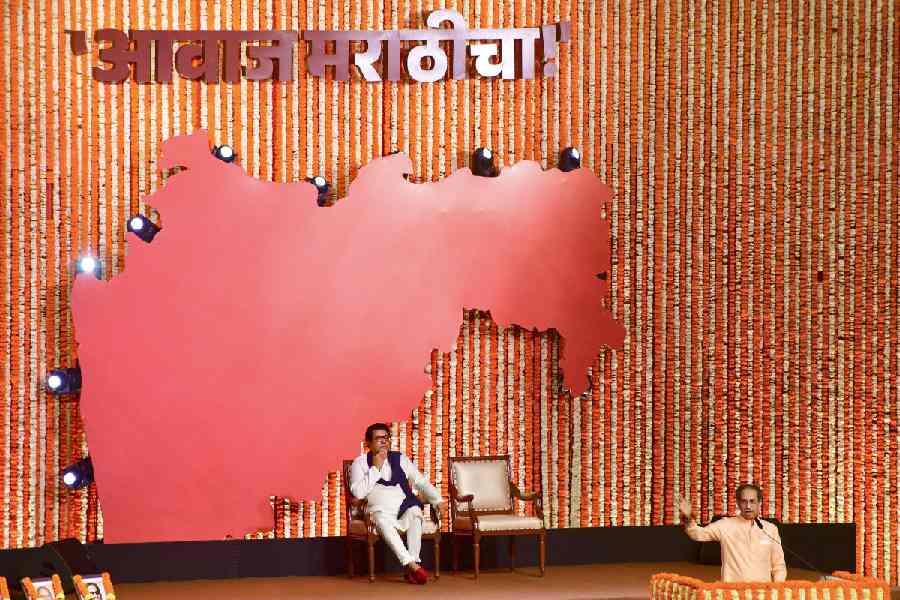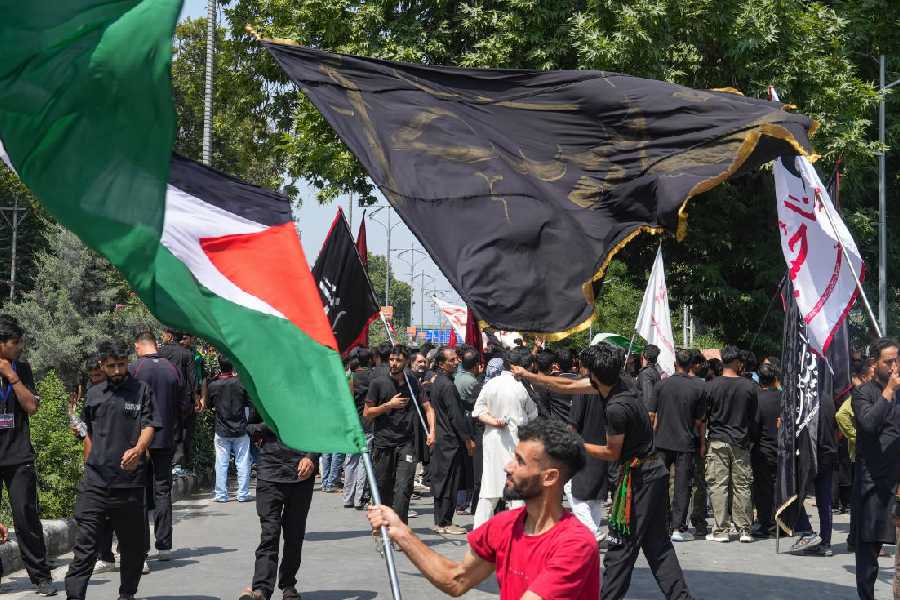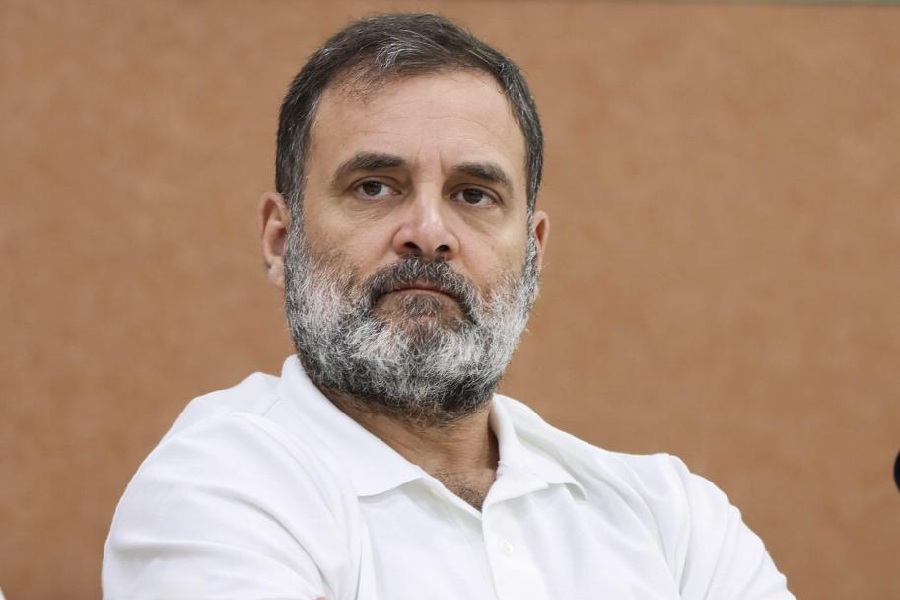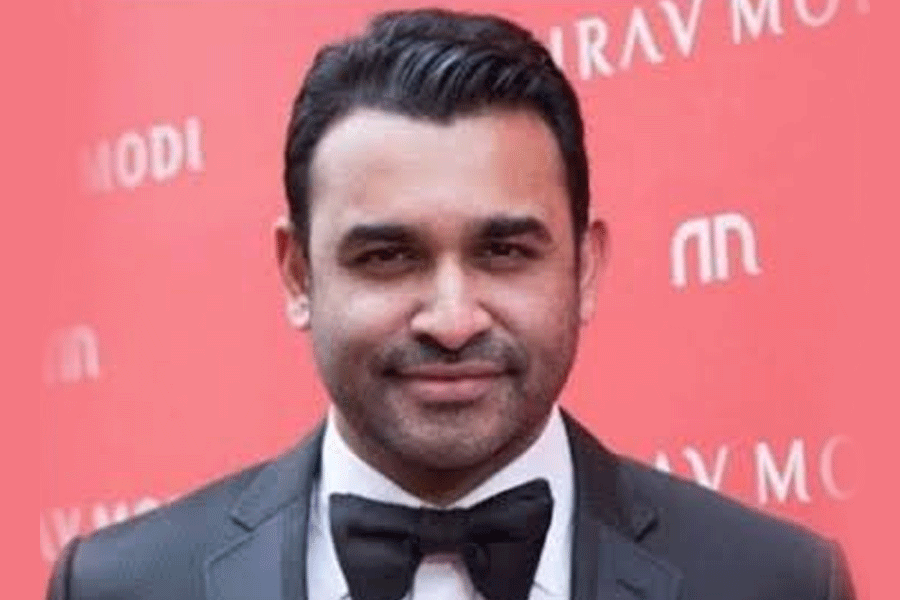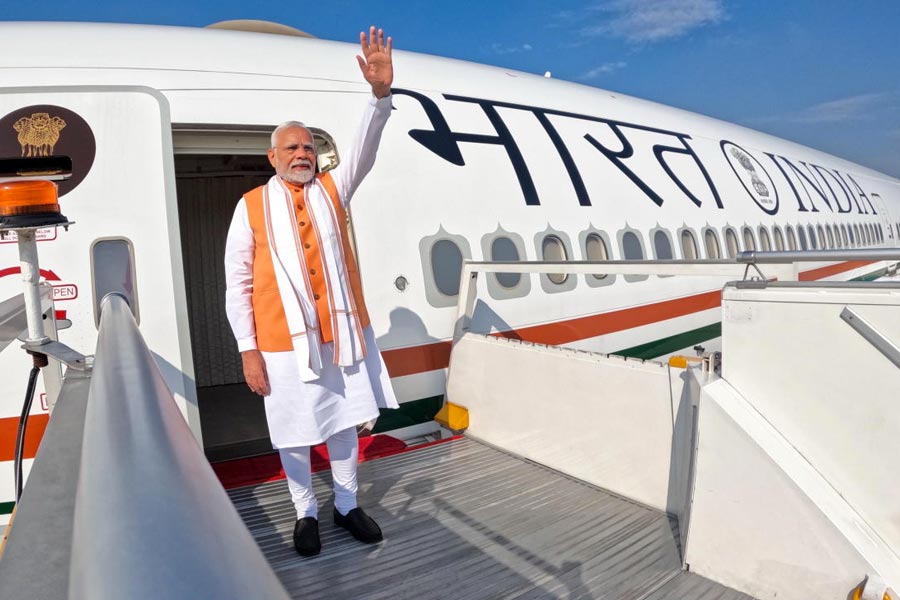The recent student violence in two universities here (sparked off by false promises about university affiliation and power cuts during World Cup matches), has set off comparisons with the Tiananmen Square movement of 1989 ? but only among foreign media persons.
Within China, even in private conversations, university students and fresh graduates don?t even mention their predecessors? historical revolt. Most of these kids don?t feel the need to protest, hence not having the freedom to do so doesn?t bother them. One 25-year-old employee of a foreign firm described a recent demonstration she happened to witness while passing by: ?I knew something was going on; lots of people had gathered and there were lots of policemen. But they had closed the road, so I don?t really know what it was about.? Ironically, this girl has a political background: her mother is a member of the provincial government, and her grandfather was victimized during the Cultural Revolution.
This year, there was only a lone protestor at Tiananmen Square on the seventeenth anniversary of the crackdown ? an old woman, probably one whose child/husband had been killed by the army. ?The Tiananmen Mothers? are normally placed under surveillance weeks ahead of June 4 every year. This year, they managed to release a letter to the international media, repeating their demands that the government reassess the incident and compensate the victims or their families. In April this year, the government, unexpectedly, did just that, but called the 70,000 yuan payment ?hardship assistance??. However, analysts say this was an exceptional case: 15-year-old Zhou Goucong had been tortured to death in police custody after being arrested when the tanks rolled into Tiananmen Square and evidence of the torture was recorded through photographs. His mother has refused to talk to the media.
The other face
In contrast to the general silence on the Tiananmen Square incident on the mainland, its anniversary was commemorated openly in China?s two ?Special Administrative Regions?? Hong Kong and Macau. Hong Kong has been marking June 4 every year with a series of events leading up to a candlelight vigil. The turnout at the vigil this time was less than usual but still ran into thousands. In Macau, an unusual event took place: a fortnight-long exhibition on the student movement in Macau?s main square. Copies of newspaper clippings of that time made up most of the exhibits. Visitors to the exhibition studied every exhibit intently, staring long at the graphic photographs of army brutality.
Chinese citizens need special permission to travel to these two cities, but it is not difficult to get, specially for those living in Gaungdong, which adjoins both Hong Kong and Macau. Thousands of people cross over between Macau and the mainland for business everyday. The impact of this exhibition on mainlanders could be gauged by a few of the entries in the visitors? book, accusing the organizers of being anti-national liars. But other entries called for punishing those who had ordered the crackdown.
For expatriates whose daily diet is the official China Daily, the exhibition was a culture shock. Imagine a poster showing students trampling on Deng Xiaoping?s picture. On the mainland, Deng, who was the Supreme Leader at that time, is revered more than Mao, for having ushered in China?s ?opening up??. This exhibition showed a different Deng: his face blood-stained, with the word ?Dictator? emblazoned across it. Seeing such images inside your home in China is one thing; but doing so while standing in the midst of a Chinese crowd in a main square was a thrill of a different kind. You knew this was Macau, but couldn?t help but look over your shoulder for Big Brother.






